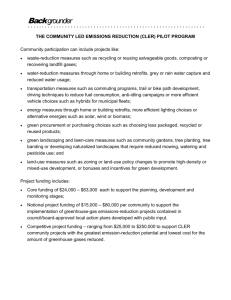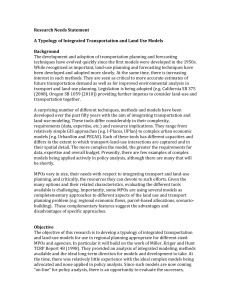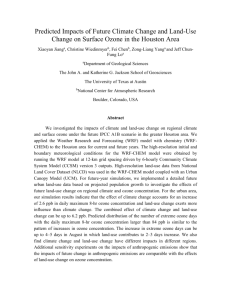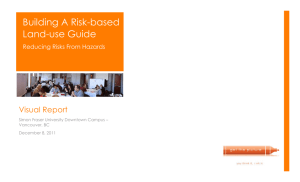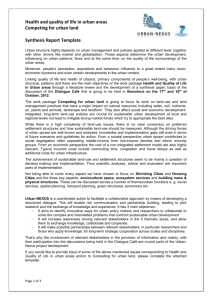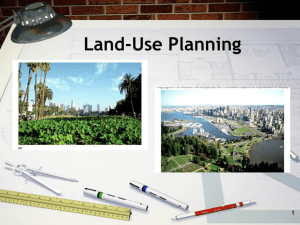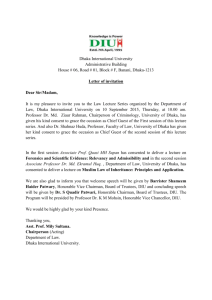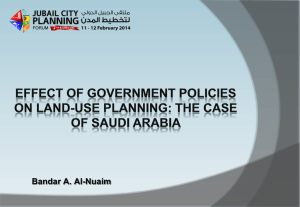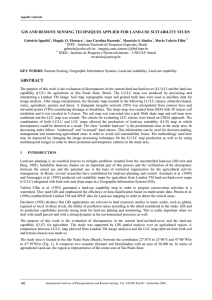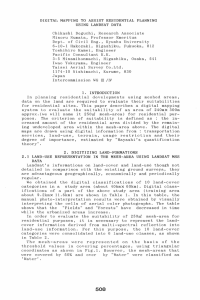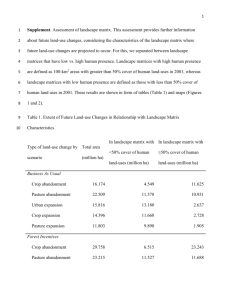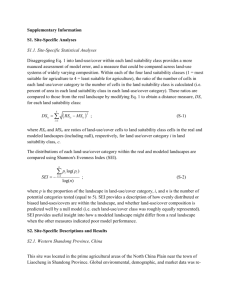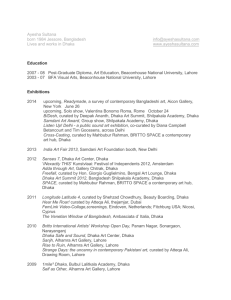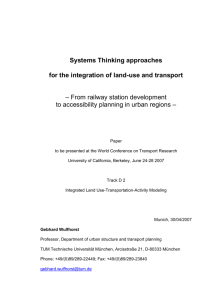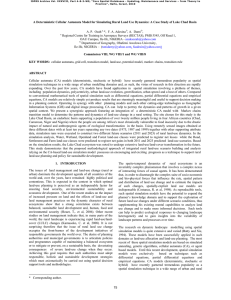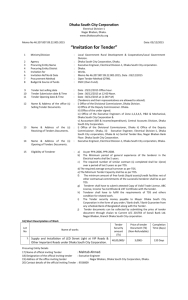Popular Summary - Lund University Publications
advertisement
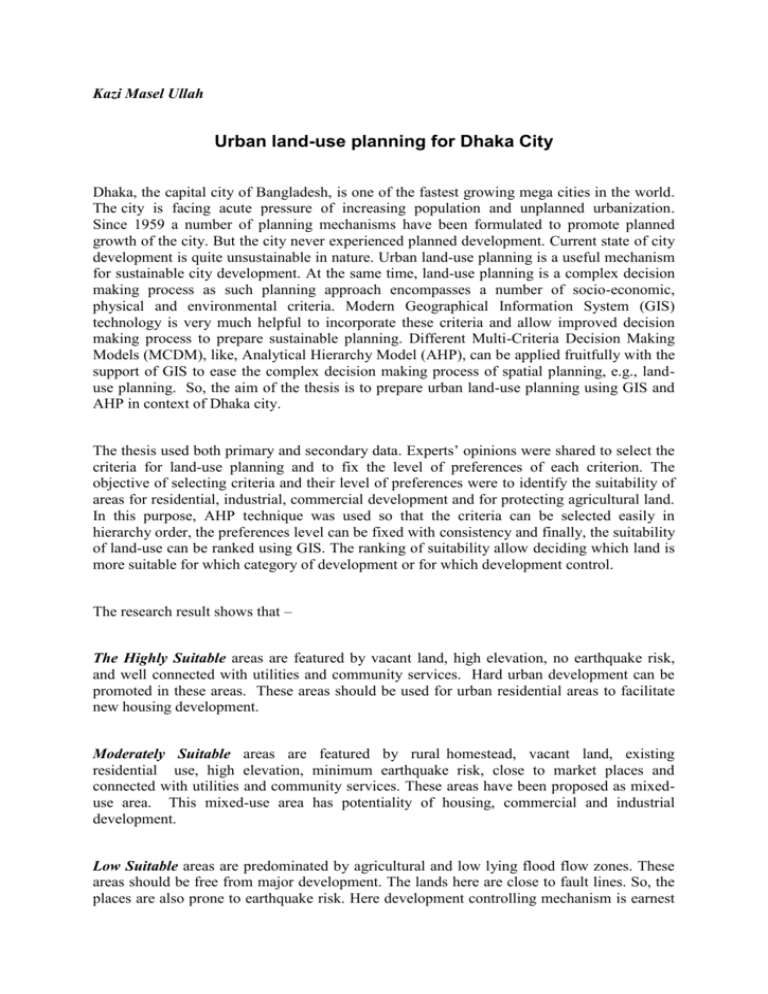
Kazi Masel Ullah Urban land-use planning for Dhaka City Dhaka, the capital city of Bangladesh, is one of the fastest growing mega cities in the world. The city is facing acute pressure of increasing population and unplanned urbanization. Since 1959 a number of planning mechanisms have been formulated to promote planned growth of the city. But the city never experienced planned development. Current state of city development is quite unsustainable in nature. Urban land-use planning is a useful mechanism for sustainable city development. At the same time, land-use planning is a complex decision making process as such planning approach encompasses a number of socio-economic, physical and environmental criteria. Modern Geographical Information System (GIS) technology is very much helpful to incorporate these criteria and allow improved decision making process to prepare sustainable planning. Different Multi-Criteria Decision Making Models (MCDM), like, Analytical Hierarchy Model (AHP), can be applied fruitfully with the support of GIS to ease the complex decision making process of spatial planning, e.g., landuse planning. So, the aim of the thesis is to prepare urban land-use planning using GIS and AHP in context of Dhaka city. The thesis used both primary and secondary data. Experts’ opinions were shared to select the criteria for land-use planning and to fix the level of preferences of each criterion. The objective of selecting criteria and their level of preferences were to identify the suitability of areas for residential, industrial, commercial development and for protecting agricultural land. In this purpose, AHP technique was used so that the criteria can be selected easily in hierarchy order, the preferences level can be fixed with consistency and finally, the suitability of land-use can be ranked using GIS. The ranking of suitability allow deciding which land is more suitable for which category of development or for which development control. The research result shows that – The Highly Suitable areas are featured by vacant land, high elevation, no earthquake risk, and well connected with utilities and community services. Hard urban development can be promoted in these areas. These areas should be used for urban residential areas to facilitate new housing development. Moderately Suitable areas are featured by rural homestead, vacant land, existing residential use, high elevation, minimum earthquake risk, close to market places and connected with utilities and community services. These areas have been proposed as mixeduse area. This mixed-use area has potentiality of housing, commercial and industrial development. Low Suitable areas are predominated by agricultural and low lying flood flow zones. These areas should be free from major development. The lands here are close to fault lines. So, the places are also prone to earthquake risk. Here development controlling mechanism is earnest necessary. Agricultural lands should be protected as Bangladesh is facing acute shortages of agricultural land. However, as these areas fall within the Greater Dhaka Metropolitan Area jurisdiction, so, some parcels of land in these areas could be used for sports grounds, parks and other recreational open spaces as a requirement of city’s civic amenities. The Not Suitable areas are featured by agricultural uses, restricted areas (e.g. military camp) and high earthquake risk. Any type of use other than agriculture should be protected in these areas. Keywords: Physical Geography and Ecosystem analysis, GIS, AHP, Land-use planning, Urban Planning, Land suitability, Dhaka city. Advisor: Ali Mansourian Master degree project 30 credits in Geographical Information Sciences, 2014 Original title: Urban land-use planning using Geographical Information System and Analytical Hierarchy Process: Case study Dhaka city Department of Physical Geography and Ecosystems Sciences, Lund University. LUMA-GIS thesis nr 35


